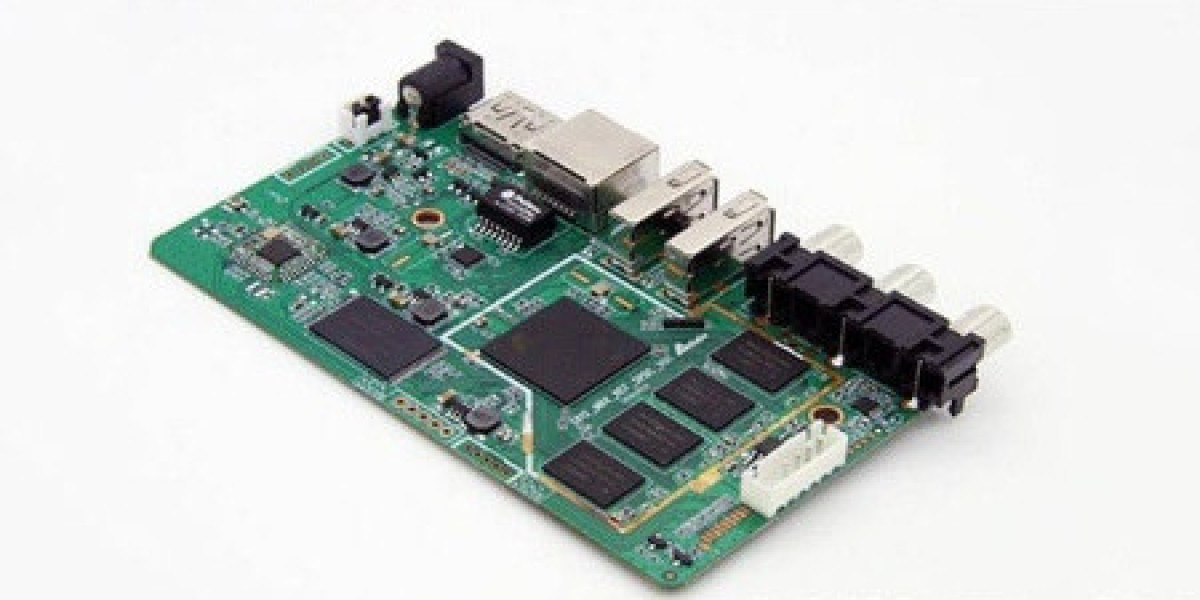PCBs are the backbone of electronic devices, and their manufacturing processes often involve materials like lead-based solder or brominated flame retardants. RoHS compliance is critical for several reasons:
Environmental Protection
Non-compliant PCBs contribute to electronic waste (e-waste), with hazardous substances like lead leaching into soil and water. In 2022, the UN estimated 62 million metric tons of e-waste were generated globally, with only 22.3% properly recycled. RoHS-compliant PCBs reduce toxic waste, making recycling safer and more sustainable.
Worker and Consumer Safety
Hazardous substances pose risks during manufacturing and disposal. Lead exposure, for instance, can cause neurological damage, with the WHO estimating that lead poisoning accounts for 1.5% of global deaths annually. RoHS compliance minimizes these risks, protecting workers and end-users.
Market Access
Compliance is mandatory for selling EEE in the EU and other regions with similar regulations, such as China and California. Non-compliant products face fines, recalls, or market bans. For example, in 2020, the EU imposed penalties averaging €10,000 per violation for non-compliant electronics.
Key Requirements for RoHS-Compliant PCBs
Achieving RoHS compliance requires careful attention to materials, processes, and documentation. Here are the key requirements:
Material Selection
RoHS-compliant PCBs use lead-free materials, such as tin-silver-copper (SAC) solder alloys, which have a melting point of 217–220°C compared to 183°C for traditional tin-lead solder. Substrate materials like FR-4 must avoid brominated flame retardants, opting for phosphorus-based alternatives with a decomposition temperature (Td) above 340°C to withstand higher reflow temperatures.
Manufacturing Process Adjustments
Lead-free soldering requires higher temperatures, impacting thermal management. For instance, reflow ovens must maintain precise profiles to avoid component damage, with peak temperatures reaching 245–260°C. Manufacturers may need to retrofit equipment or train staff to handle these processes, increasing initial costs but ensuring compliance.
Testing and Certification
Compliance is verified through methods like X-ray fluorescence (XRF) testing, which non-destructively measures elemental concentrations. Manufacturers must provide a Certificate of Conformance (CoC) and maintain material declaration forms from suppliers. Third-party certifications, such as IPC or UL standards, further validate compliance.
Challenges of RoHS Compliance
While RoHS compliance offers significant benefits, it presents challenges for PCB manufacturers and designers:
Higher Costs
Lead-free materials and processes are often more expensive. For example, SAC solder costs 20–30% more than tin-lead solder, and retrofitting production lines can require investments of $50,000–$100,000 for mid-sized manufacturers.
Thermal Management
Higher soldering temperatures increase the risk of thermal stress on components. For instance, multilayer PCBs with 6+ layers may experience delamination if laminates lack sufficient thermal stability, requiring materials with a glass transition temperature (Tg) above 170°C.
Supply Chain Coordination
Ensuring all components and materials are RoHS-compliant requires robust supplier verification. A single non-compliant component, such as a resistor with leaded solder, can render an entire PCB non-compliant, leading to costly recalls.
How Hitech Circuits Supports RoHS Compliance
At Hitech Circuits, we understand the complexities of RoHS compliance and are committed to supporting engineers in meeting these standards. Our advanced manufacturing facilities use lead-free soldering and RoHS-compliant materials, such as FR-4 laminates with phosphorus-based flame retardants. With quick-turn prototyping, we enable rapid testing of compliant designs, while our global logistics ensure timely delivery to markets requiring RoHS adherence. Our rigorous supplier verification and XRF testing guarantee that every PCB meets regulatory requirements, empowering engineers to focus on innovation.



